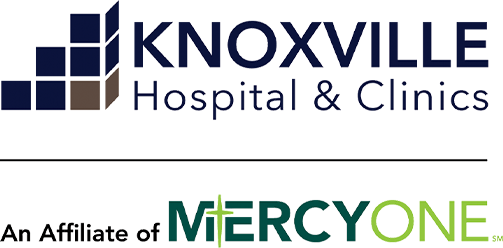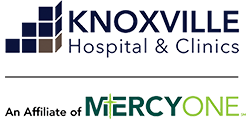Preventative = Screening (no symptoms or problems are present)
Most insurance companies consider preventative health services as those which are provided to help a member avoid becoming sick, thus minimizing the risk of incurring costly medical procedures. Preventative services generally include: wellness physicals or tests/screenings done on a yearly basis, such as mammograms, eye exams, pap smear, prostate screening, etc.
Preventative (screening) tests when the patient has no symptoms to suggest that they are unhealthy. Screening is a test for disease in healthy individuals so that early detection and treatment can be provided if necessary. Doctors recommend screenings based on factors such as colonoscopy at age 50 or cancer screenings for those at high risk.
Most health insurance plans must cover a set of preventive services – like shots and screening tests. See the list of covered preventive care covered for all adults, pregnant women or women who may become pregnant, women, and children. Medicare beneficiaries are also eligible to receive a annual wellness visit, with no out-of-pocket costs.
Medical = Diagnostic or Therapeutic (symptoms or problems exist)
Doctor recommend services in order to diagnose symptoms, treat/monitor a condition, health problem, or disease. Any testing is considered diagnostic testing and not screening (preventative). Diagnostic services done on a routine basis include items such as high blood pressure check, diabetes check, thyroid check and labs associated with the medical condition.
Doctors preform diagnostic tests when the member experiences symptoms or health problems. Tests/procedures are ordered to determine the cause of the symptoms and/or performed to obtain information to help determine a medical condition, identify a disease and/or to determine the nature and severity of an ailment or injury. In addition, the monitoring of an existing health condition (such as diabetes or high cholesterol) is not a preventive service.
Member Financial Concerns
Many insurance companies now offer preventative care services at no cost to their members. Meanwhile, medical services often requires the member to satisfy their deductible and pay coinsurance amounts. It’s important to understand the type of service rendered to avoid unexpected bills from the hospital as both preventative care and medical care can be provided during a single hospital and/or clinic visit.
Provider Medical Coding Guidelines
Most insurance carriers require adherence to insurance claim coding guidelines as follows.
Medical coding staff are responsible for assigning the principle diagnosis. The Uniform Hospital Discharge Data Set defines this as “that condition established after study to be chiefly responsible for the patient seeking health care.”
It’s illegal for a provider to code in a manner that would consider medical services preventative.

